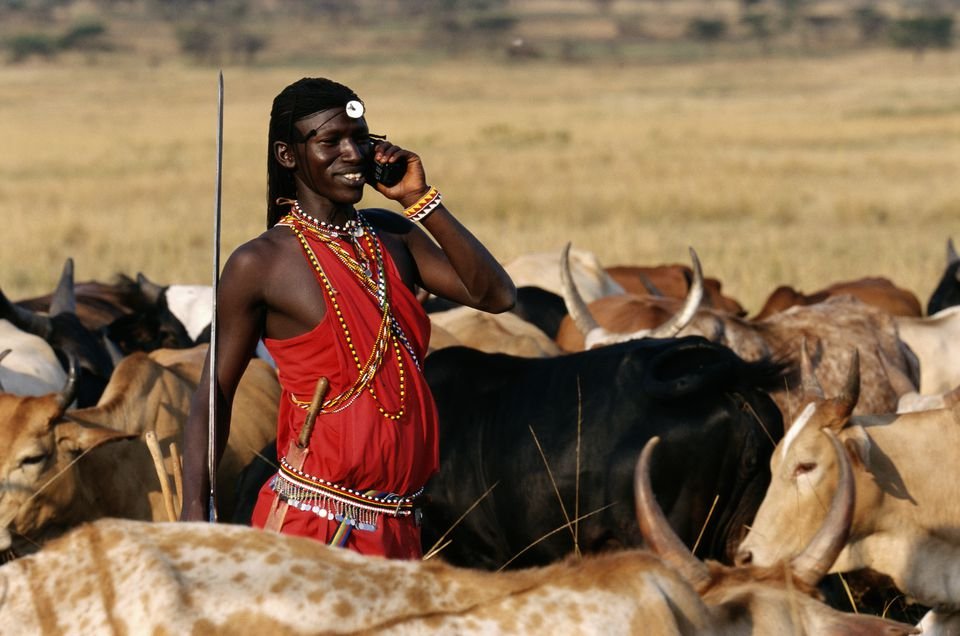- Europe +32 489338747
- fammi@fammi.org
The Evolution of Microfinance in Africa
Traditionally, microfinance in Africa was a costly business that carried credit risk. Loan officers often made transactions with limited customer data. These customers may be scattered across remote areas with varying physical conditions.
The labour involved would discourage officers from attracting more customers. Advances in digital financial services (or fintech) and the introduction of regulation in recent years has increased the customer base. Fintech has reduced costs for the loan officers and lowered interest rates for customers.
Loan officers now have access to more customer data. This is made possible by the ubiquitous ownership of smartphones. Smartphone ownership penetrates even the poorest communities.
New systems will take time to fully develop. In the meantime, customer relations remain an important factor for successful microfinance in Africa. This way, loan officers can attract new customers but also assess their future credit behaviour.

Personal relationships in microfinance operations are equally as important to the customer, as financial planning advice is essential to make effective investments.
Fintech developments in microfinance took off particularly well in Kenya and Tanzania, which have foundations in mobile money. There is also a growing number of lenders emerging in Nigeria.
In Kenya, Equity Bank and Kenya Women Microfinance Bank have the largest market share.
A partnership between the Commercial Bank of Africa (CBA) and the mobile network Safaricom allowed for creation of the mobile microfinance tool M-Shwari. The companies combined their data to create the mobile banking tool. Customers open a bank account with the CBA through M-Shwari.
The Central Bank Kenya (CBK) has been operating under the Microfinance Act 2006, which became official in 2008. Amendments to the Act have allowed businesses expansion and deposits. However, critics argue against deposit use until microfinance institutions (MFIs) gain more exposure.
According to the 2017 Global Findex, 81.6 percent of adults aged over 15 have a bank account in Kenya. A total of 72.9 percent have a mobile money account.

In 2017, 73 percent of Kenyans lived in rural areas. In 2015, there were 538 mobile money agent outlets per 100’000 adults. CBK licenced 9 microfinance banks in 2014.
FAMMI works with communities in Uganda that do not have access to MFIs or microfinance banks. FAMMI supports education for street children, ex-street children and slum families, sometimes, with micro-loans.
FAMMI establishes individual relationships to negotiate micro-loans and offers financial planning advice which is otherwise unavailable for those starting business ventures. The One Day MBA offered by FAMMI includes 24 hours of mandatory business training before offering micro-loans to its clients.
Although microfinance is not the sole solution to end poverty for at-risk communities, it has provided 380 Karamojong street children with nutrition and education. This is possible because any profit FAMMI makes goes towards proving food and sponsorship for education for the poorest of the poor. Click here to Buy Breakfast.
About the author:
Sabrine Donohoe is a final year student of journalism at Dublin City University. She is interested in reporting on hard news and international affairs, particularly anything to do with politics, economy, or the environment. She loves animals, likes to travel, and likes to take photos of anything that catches her eye.
3 thoughts on “The Evolution of Microfinance in Africa”
Leave a Reply
You must be logged in to post a comment.

Do you want to become a Canadian citizen and have a business?
https://arnikavisa.com/canada-investor-visa-learn-about-investment-immigration
Hi, unfortunately, I faced challenges with the slow loading speed of your website, leading to frustration. I recommend a service, linked below, that I’ve used personally to significantly improve my website speed. I really love your website…Optimize now
How about your site
Click here